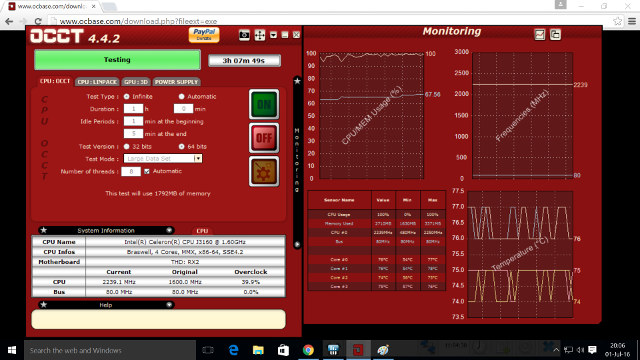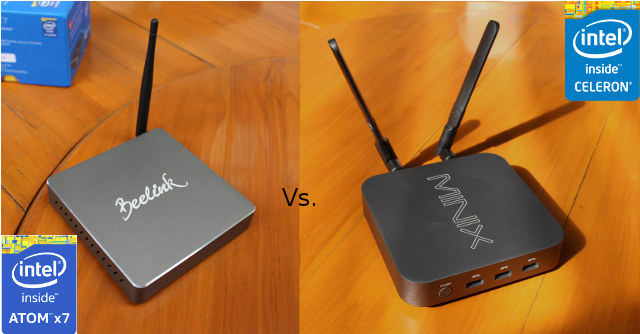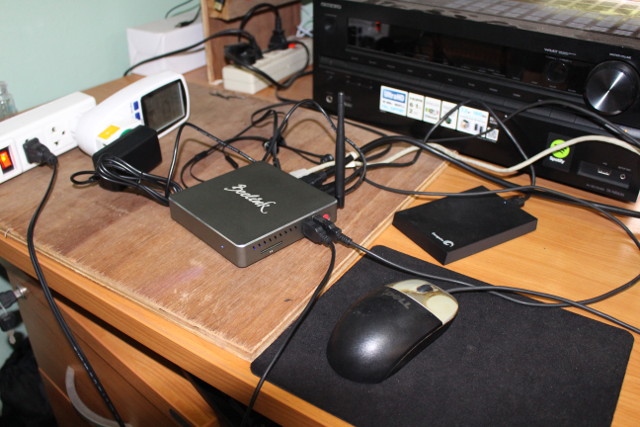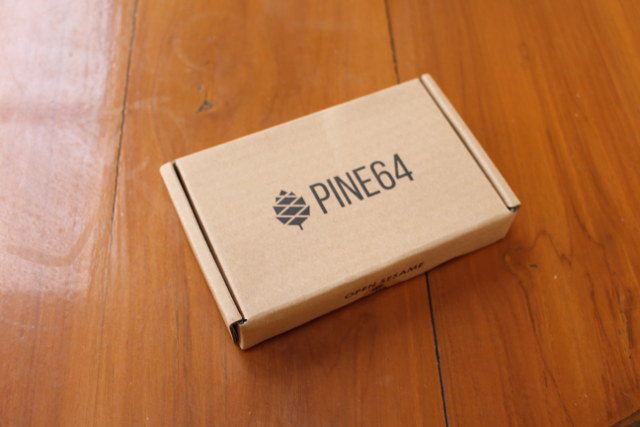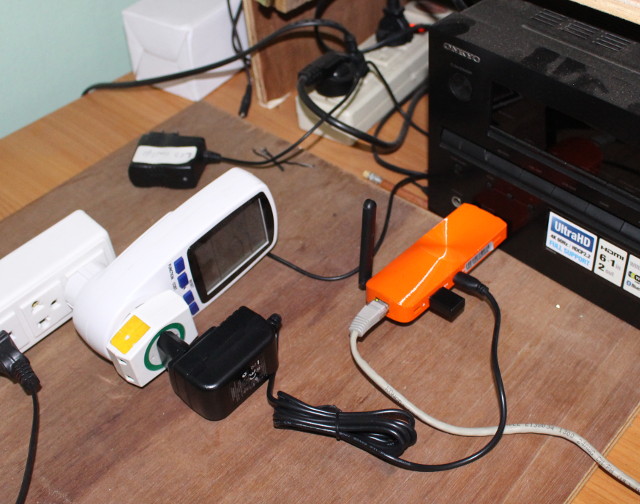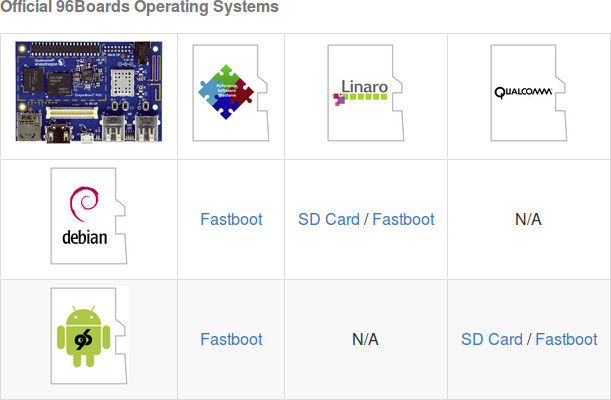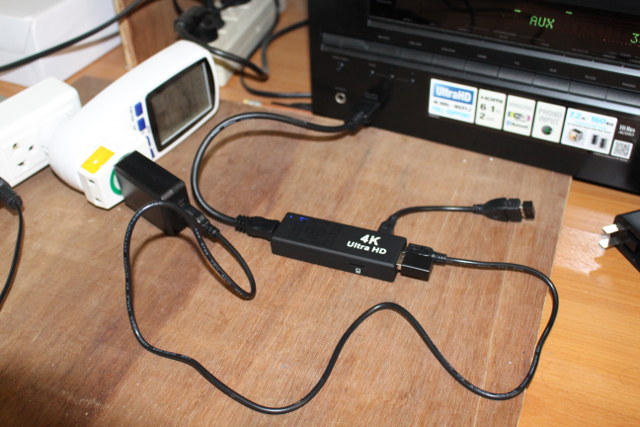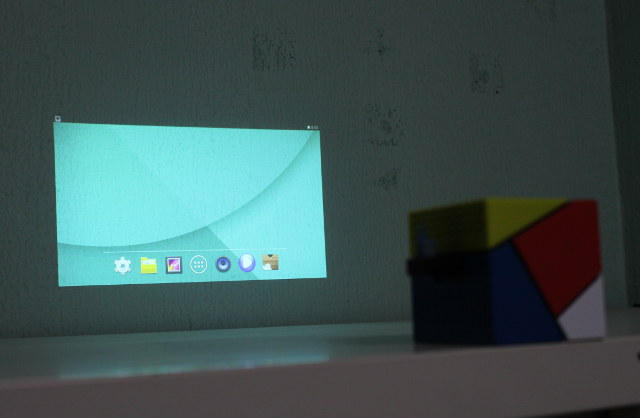I’m mostly a Linux user, but the marketplace has chosen Windows 10 as its preferred operating systems for mini PCs, so I’ve been reviewing fanless (or not) mini PCs running Windows 10 for around two years since Intel decided to provide low cost and low power processors. I normally run some benchmarks such as PCMark 8 or 3DMark, as well as typical user tasks, while monitoring CPU temperature and throttling using HWInfo64 utility, but those benchmarks are not really pushing the device to its limits. However, I’ve just learned out about OCCT “Overclock Checking Tool” that’s just doing that, and installed OCCT 4.4.2 on Vorke V1 to check it out. The tool has four taps: CPU: OCCT, CPU: Linpack, GPU: 3D, and Power Supply to stress test different part of the system. I just let it run for over 3 hours after pressing the ON buttons, and you can see […]
Intel Atom x7-Z8700 (Cherry Trail) vs Intel Celeron N3150 (Braswell) Benchmarks Comparison
Intel tend to release lots of processors, and it’s not also clear how they perform against each others, but generally the rank from slowest to highest goes something like Atom < Celeron < Pentium < Core M < Core i3 < Core i5 < Core i7. Recently, I’ve seen and reviewed a few low power Intel Atom x7-Z8700 “Cherry Trail” and Intel Celeron N3150 “Braswell” mini PCs, both quad core processors @ 1.6 GHz (base), and I could not find much differences between the two during use. So to have a clear and objective view of the relative performance of the two processors, I’ve compared the results I got with Intel Atom x7-Z8700 based Beelink BT7 mini PC to the ones I got with MINIX NGC-1 mini PC powered by Celeron N3150 processor in the table below. Both machines have been designed quite well (good heat dissipation) and with storage […]
Beelink BT7 Review – Windows 10 mini PC Based on Intel Atom x7-Z8700 Processor
Beelink BT7 mini PC powered by Intel Atom x7-Z8700 processor offers an interesting alternative to the fanless Voyo V3 mini PC, as it is actively cooled by a small fan, supports (Gigabit) Ethernet, and comes with three full USB 3.0 ports. There are three versions with either 64, 128 (64+64) or 320 (64+256) GB stortage, and I got Beelink BT7 128GB to play with. Since I’ve already checkout the hardware, I’ll focus on the performance and stability of the device on Windows 10 in the second part of the review. Setup and System Information I placed the mini PC on my desk, made use of the three USB 3.0 ports with a USB keyboard, a USB mouse, and a Seagate USB 3.0 hard drive, and connected Ethernet, HDMI and the power cable. However, if you happen to own a TV or monitor that supports VESA mounts, you can use the […]
Pine A64 Board Quick Start Guide & Benchmarks with Android 5.1
Pine A64 is one of the development boards with the best cost/performance ratio, as it sells as low as $15 + shipping. I received Pine A64+ board with 2GB RAM at the end of last month, and decided to start playing with Android, as Linux distributions such as Longsleep Ubuntu appear to require a little more work. So in this post, I’ll report my experience with installing and running Android 5.1 on the board, and share some Android benchmark results. Pine A64 Board Pictures You’ll receive the board in cardboard package with Pine64 branding. You can check which version of the board you’ve been sent on the side of the package: PA64512 (512 MB RAM), PA641GB (1GB RAM), or PA642GB (2GB RAM). The top of the board has been photographed often but here it is again. I’ve been sent the 2GB version without wireless module. The bottom of the board […]
Star Cloud PCG02U Ubuntu 14.04 TV Stick Review
Star Cloud PCG02U is the first Ubuntu product from MeLE. After taking a few pictures of the TV stick and the board, I’ve tested the performance and functionality of the device. First Boot and Setup You can either connected the stick directly into an HDMI port, or using the provided female to female adapter via an HDMI cable. I’ve opted to insert the device directly into the AUX port of my Onkyo A/V receiver itself connected to my TV. Since there’s only one USB host port, USB keyboard and mouse are not convenient since it would add a USB hub, so I went with Logitech MK270r wireless mouse & keyboard combo instead. You can either used Ethernet or WiFi for Internet connectivity, and I opted for the latter for most of the review, but WiFi is also working fine. The final step is to connect the power supply into the […]
Debian on DragonBoard 410c Development Board
I purchased Qualcomm DragonBoard 410c development board last year, and first tested it and run some benchmark on the 96Boards compliant hardware with Android. I found that it was still work-in-progress, and decided to wait before trying Debian on the board. I’ve now done so, and will report by experience installing Debian Linux, playing with the board, and running Phoronix benchmarks to compare it to other ARM Linux boards. Installing Debian on DragonBoard 410c The first challenge is to navigate through the documentation that is not always clear or up-to-date. I eventually ended up on DragonBoard 410c Wiki on Github. You then have to decided which image you want. While there are two official operating systems with Android and Debian, you can three “entities” releasiong their own images. For Debian specifically, you have the Linaro image, and Reference Platform Build (RPB) image. I could not find any changelog or known […]
MK808B Pro Android TV Stick Mini Review
MK808B PRO is the first Amlogic S905 TV stick readily available for sale, and GeekBuying sent me a sample for review. I’ve already checked out the hardware, and the lack of heatsink is a worry, so we’ll see how it performs in this mini review, where I’ll focus mainly on potential pitfalls, rather than do a throrough review as usual, since I’ve already tested so many Android TV boxes powered by Amlogic S905 processor First Boot, Settings, and First Impressions I’ve connected MINIX NEO A2 Lite air mouse RF dongle to the USB port, and Tronsmart Mars G01 wireless gamepad dongle to the mini USB port via the provided USB OTG adapter, and the provided HDMI cable to the AUX port of my AV receiver and nothing else, except the power adapter to the other mini USB port. Boot time typically takes about one minute that it’s not a speed […]
Mini Review of Doogee Smart Cube P1 Android Projector
Doogee Smart Cube P1, or just Doogee P1, is an Android projector powered by a quad core Amlogic processor. I’ve already taken some pictures of the device, and gave it a quick try, so today, I’ll write a little more about my experience using it in standalone mode with an air mouse, as well as with an Android phone using both Miracast and DLNA. The device also supports Airplay, but I don’t think I have any compatible device, so I have not tried this mode. Doogee P1 in Standalone Mode with an Air mouse (or other wireless/USB input device) After connecting MINIX NEO A2 lite air mouse’s RF dongle to the only USB port on the device, I pressed the power button for 5 seconds to start it up, and boot is pretty fast in around 30 seconds. You’ll need to adjust the focus with the wheel button on the […]


